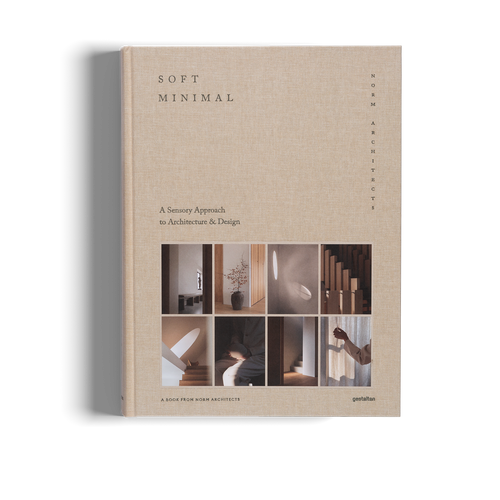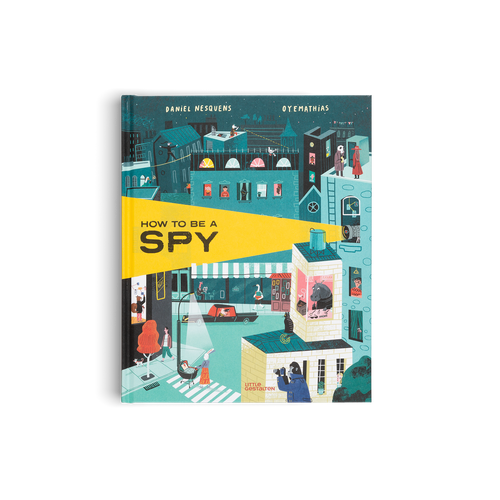
01/2021 food & beverages
Acclaimed chef, writer, and activist Jenny Dorsey uses art, technology, and food to create beautifully plated dining experiences that foster intelligent conversation around difficult topics. “How do we get people to come together and talk about the things that matter to them,” she asks. That’s the question that has preoccupied and propelled her throughout her brief but an astonishingly eventful career as a chef and culinary consultant.
Dorsey was born in Shanghai, her family moved to Seattle, she made her name in New York, and is now based in Los Angeles. She found her way into food in her early twenties, while she was pursuing her studies as the youngest-ever MBA candidate at the Columbia Business School. “I felt like I was on the wrong path,” she recalls in Story on a Plate, “I needed to get out.”

Jenny Dorsey is one of today's most ambitious chefs due to her conceptual approach to cooking and experiences. Chef and activist, she hopes to use food as a medium to discuss some of the most pressing issues in modern society. Here we see 'In Substitutions,' where the BBQ pork is made with jackfruit, the chawanmushi is made with aerated egg, and the nam phrik is made of charred pollack roe. (Photo: Courtesy of Chef Jenny Dorsey, Story on a Plate)
Dorsey, who had studied at the Institute of Culinary Education, began working various jobs in the food world, cooking at restaurants, and doing an unfulfilling stint in global research and development at Le Pain Quotidien. During that time, she and her husband, Matt, a self-taught mixologist, began hosting 'I Forgot It’s Wednesday,' an experimental underground supper club. “That was one of the ways to get away from the stress,” she says, “I thought, now I can be creative.”
But although the supper club soon gained a following, the couple felt unsatisfied. “It became seen—people just wanted to say that they’d come,” she recalls. So they began finding ways to “filter people out: before they’d come, we’d make them answer questions, and those questions were their name tags.” But when questions like, “Are you happy in your job?” and “What is your biggest failure?” failed to yield the results Dorsey wanted, she had “a breakdown,” she says. But it was soon followed by a breakthrough. “If I’m not making money and stressed out of my mind, at least I could be cooking for the right kind of people and talking about things that I care about,” the chef remembers thinking. “What are the things that I care about and want to talk about through food?”
Following an epiphany that appeared during an acupuncture session, Dorsey began exploring how to use augmented and virtual reality in her work. The possibilities of VR, along with some soul-searching to encourage connections between people, led her to create Asian in America, a dinner series whose courses traversed through often uncomfortable questions about identity. Guests received VR headsets on arrival that explained the dishes and ideas that informed them, with narration by Dorsey. VR is useful to her vision because it creates a captive audience.

Dorsey’s Edible Zen Garden includes ash-rubbed venison tenderloin cooked sous vide in pine oil, fried chana dal and potato chip “sand,” and chrysanthemum sponge “moss.” (Photo: Dion Trinidad, Story on a Plate)
“If I want to talk about these topics, you can’t get people to listen,” she says. “But with VR, they have nowhere to go. They have to listen to me.” What is more, she adds, “it gives introverts and extroverts a bit of distance. No one can dominate the conversation. The message is clear, and I feel like it sets the foundation for what they can talk about. People are like, ‘This is cool. I want to share my own experience or opinion." They dive into the conversation a lot more vigorously.
Her plates reinforce her message. For one dish, called Model Minority, she created a maze from chrysanthemum leaves and celtuce—both common ingredients in Chinese cooking that have recently been “discovered” by Western chefs. This maze of greens led to veal sweetbreads wrapped in a shrimp, garlic, and chive rice sheet. The slippery rice sheet represented her struggle with the model minority complex, while the sweetbreads, a type of delicacy beloved by the fine-dining establishment, were presented as the “model minority” of the offal world.
Plating, Dorsey says, helps to draw people into a discussion, provided that it’s “linear enough” to understand. “No one likes to go to art galleries and think, ‘I have no idea what this painting is,’ and the plaque is, like, ‘x, y, z,’” she says. “You can’t be too abstract because then you’re making conclusions where there are none.” Her plating may include lunch boxes bearing derogatory labels used to describe Asian food, or the dish may require manipulation from the guest: for a dish about toxic masculinity, Dorsey plated rose-poached king crab on sunchoke purée in the top half of a custom-made hourglass; to eat it, guests had to flip the hourglass over. “The idea is you have a very balanced dish, like how young boys and men are their beings and trying to figure themselves out,” says Dorsey. “And then to eat it you have to flip the whole thing over and it looks disgusting.”

Nude is the second course of a four-course dinner titled Hidden. Its ingredients include miso cured duck breast, a jus of skate, green cardamom, and orange blossom, lamb’s quarters cooked in buffalo butter, homemade labneh with pistachio oil and yondo, and a home-cured 'century' quail egg. The dish is accompanied by a poem that reads, “Here/With only ourselves,/I can no longer lie to you/So I can lie to me.” (Images: Signe Birck, Story on a Plate)
In 2019, Dorsey embarked on a new dinner series—an immersive food and dance piece with the performance artist Kate March. It’s a production of Studio ATAO, a nonprofit culinary production studio; the hallmarks of its experiences, in her words, are “interactivity, vulnerability, and poignant discomfort.” It continues her mission of exploring difficult but vital topics like income inequality, unconscious bias, and gender dynamics. “At the end of the day, we can’t force people to become friends,” the chef explains. “But I do think within the time frame of dinner, they can become more engaged.” Dorsey has dedicated her life to food, using it as a powerful medium for storytelling and genuine interaction. Her objective has never been to become a TV personality or a ‘city buzz,’ instead her often uncomfortable dining experiences are curated to evoke empathy, real emotion, and start profound conversations beyond the banal. A culinary social commentator in a virtual reality context, she leaves a unique conceptual impression on the diner in a hope that one day that experience might change their outlook on life.
The beautiful art of storytelling through culinary flavors and indulgences, find out more about Story on a Plate.












